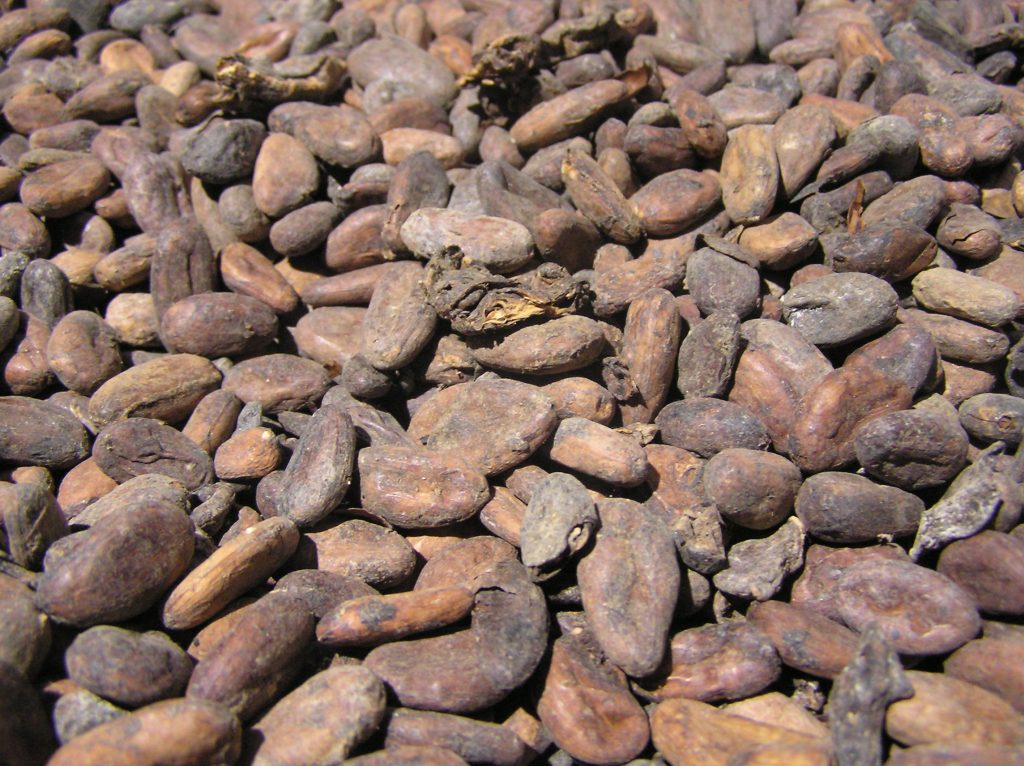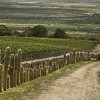The scientific name for chocolate is Theobroma, from Theo meaning God and Broma meaning Food. “Food for the Gods” is a beautiful name to give an ancestral ingredient discovered in America in its purest form and which in Europe, has evolved into the more refined product.
In the market today there are chocolates made in Latin America, Brazil and other countries that equal the beloved Belgian and Italian chocolates. The category has grown tremendously with different percentages of cocoa, varying processing techniques, and distinct origins and qualities. This world has become very complex much like the world of wine, where to say you like drinking wine no longer defines the colour, style, or origin of your preference.
Chocolate is a product that satisfies all social, cultural and economic classes. From the most economic option, the simple chocolate bar, to its purest gourmet version, the Grand Cru 85%. Everyone smiles when they eat chocolate, thanks to substances such as serotonin (relaxation, sedation and happiness) and Theobromine (stimulant).
Chocolate is sweet and bitter at the same time. The bitter flavours originate from the cocoa and the sweet from sugar, milk or cream. This varies according to the percentage of cocoa, and the combination and origin of ingredients. Sweet red wine works wonders in this bitter-sweet world, possessing the sweet residual sugar and the sensation which alcohol brings combined with the bitter tannins from the grape.
How to taste chocolate
1.The look: Take a good look at the chocolate. Colours may vary from cinnamon brown to almost black with some reddish tones. It should be uniform, with no white spots present (signs of dryness and crystallisation of sugars). The surface should be smooth and shiny. Take time to read the back label, the ingredients in all foods range from highest to lowest, so if the first thing you read is sugar or milk, you can assume that it has less than 50% cocoa.
2. The nose: Bring the chocolate close to your nose and give it a good sniff. Try to separate the aromas of chocolate (cacao) from the flavors of other ingredients such as vanilla and milk. Chocolate usually comes in many eclectic flavors, ranging from fruity, floral, spicy and dried fruit, to vegetal aromas or stranger ones, like leather. The flavors depend on the manufacturing process, origin and how it has been kept. It should be noted that flavors can be both direct, through the nose and indirect or retronasal, through the mouth.
3. The feel: Touch the bar with your hand, press your thumb onto it and see how it reacts to heat. In the case of quality chocolate, it should melt and not become sticky. The feel is also detected in the mouth, more on that later…
4. The sound: There should be a sharp snap when you break the bar. If there is not, it may be that the chocolate is not well tempered or has been poorly maintained.
5. The taste: One of the best phases of tasting, the mix of sense of touch and aroma. Since it is impossible to separate the two on the first bite, you should press your tongue against the palate and notice how it melts. While the quicker it melts, means a greater amount of cocoa butter, a slower speed indicates a higher percentage of cocoa. Here, we should also see if there is any granularity, which is undesirable because it indicates errors during the melting process.
It is time to focus on taste: Is it sweet, sour, salty or acidic? In what proportion?
If we inhale sightly we can let the aromas fly to the nose to detect and evaluate them, and feel the same as we felt during the nose stage, but some new ones will also appear and only present themselves with the heat in the mouth.
At this point we should analyse the astringency, which is the feeling you get when eating, for example, a banana – a dry mouth, without saliva. The degree of astringency will tell you about the texture of the chocolate.
Finally, it should be eaten and the overall feel analysed, highlighting what we liked and what we did not. Next, we evaluate the length of the sensation in the mouth after it has been eaten. This is a moment of reflection in which we can evaluate the quality of the chocolate, its origin, its characteristics, our preferences and obviously the pairing.
In the majority of cases we pair chocolates with sweet wines and to begin, I suggest a sweet red wine with a semisweet chocolate, which is a great experience. Start by eating the chocolate, pressing the tongue against the palate, letting it melt and then the wine is drunk, producing a silky, corpulent and aromatic mix. A great exercise would be to eat a 70% chocolate paired with Achaval Ferrer Malbec Dolce (100% Malbec). The bitterness of the chocolate, with its fruity notes blends with the sweetness of the wine, balanced by its subtle acidity, made from sun-dried grapes.
Consider the case of a white wine like Trivento Brisa April 2013 (60% Sauvignon Blanc and 40%. Viognier, both from Tupungato). It is a golden, shiny wine, with excellent body, silky in the mouth with notes of honey that would be ideal with something sweeter like a milk chocolate. This will melt much easier and awaken the hidden notes of dulce de leche, in the wine provided by the wood and its late harvest.
A chocolate of 80% cocoa with chilli will go very well with a red wine with great body and good smoothness provided by glycerin, medium high alcohol and fruity aromas. I suggest trying Las Perdices Malbec Ice Wine (100% Malbec from Agrelo). A wine made from grapes harvested at night and frozen for several days until reaching temperatures below -8ºC (18º F), at which point water begins to crystallise into ice crystals. Pressing then occurs and a unique must or juice is obtained. Its excellent sugar/acidity balance makes it very easy to drink, and this paired with a complex chocolate, where the spiciness awakens the taste buds, will take you over another sensory threshold.
The world of chocolate is as broad as the world of wine and it can be a great experience to go and exercise your pairing skills. It will be a road of no return because every time one goes a step further up the ladder of the world of enjoyment, there is no coming down. I invite you to join this world, and pair more wines with chocolates so that they can define what for you, will be a trip full of sensations, the ideal marriage.




Excelente información..: gracias
great post! thanks for sharing. i’ll try this with all my friends…
Thanks for sharing it!